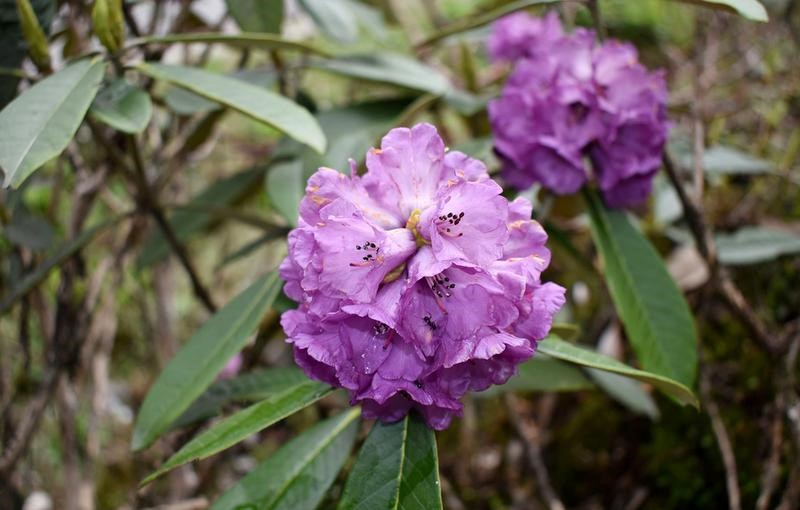Free Courses Sale ends Soon, Get It Now


Free Courses Sale ends Soon, Get It Now



Copyright infringement not intended
Context: The Darjeeling and Sikkim Himalayas are home to more than one-third of all types of rhododendrons found in India, reveals the latest publication of the Botanical Survey of India (BSI).
Details:
Findings:
Threats:
About:
BSI:

https://epaper.thehindu.com/ccidist-ws/th/th_delhi/issues/25634/OPS/GEDAT59AI.1+G7MAT5TUQ.1.html
© 2024 iasgyan. All right reserved